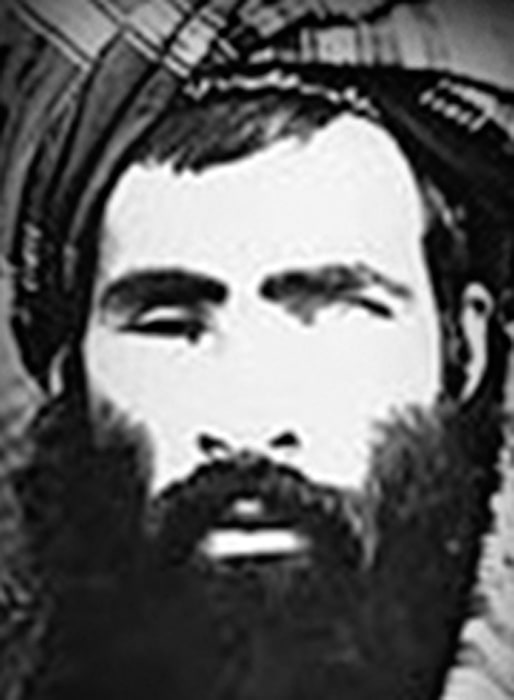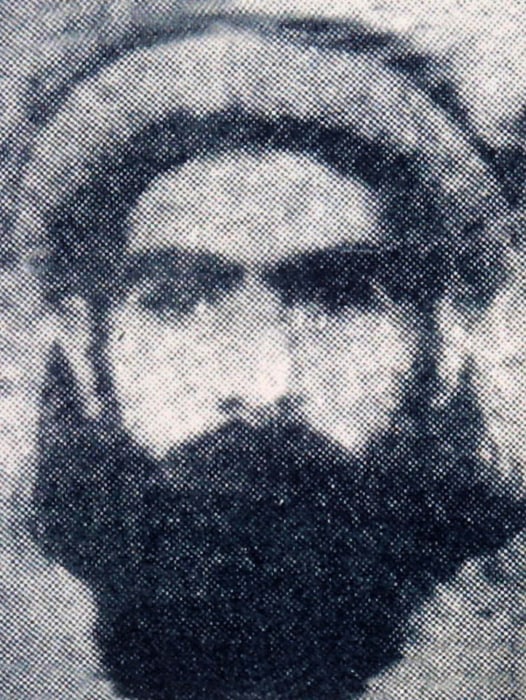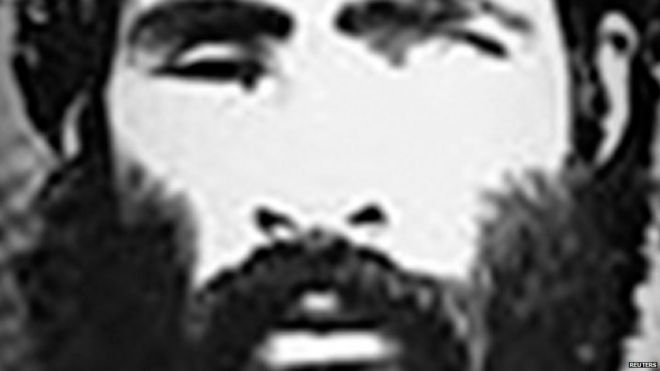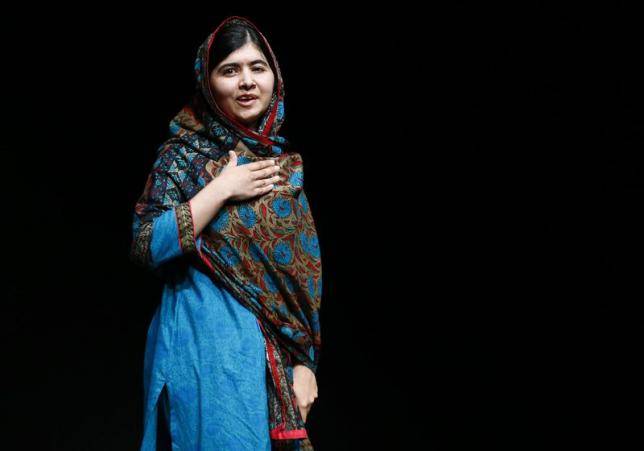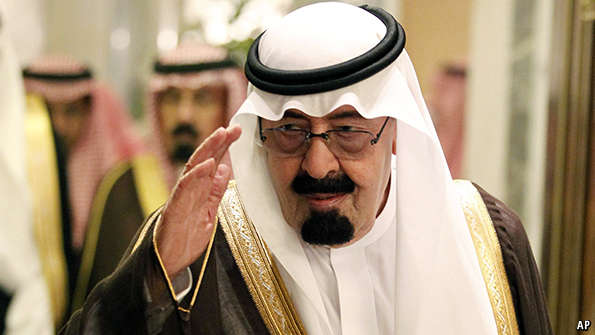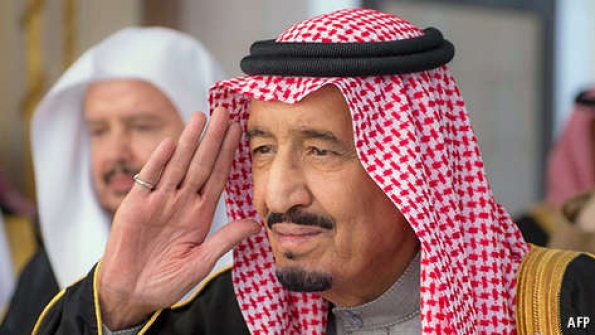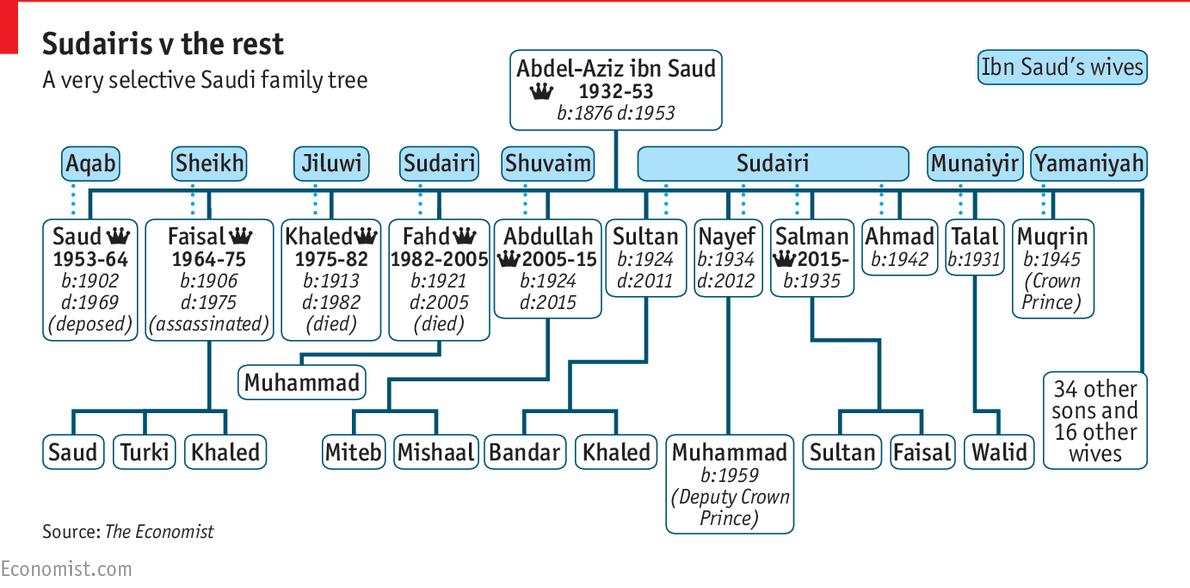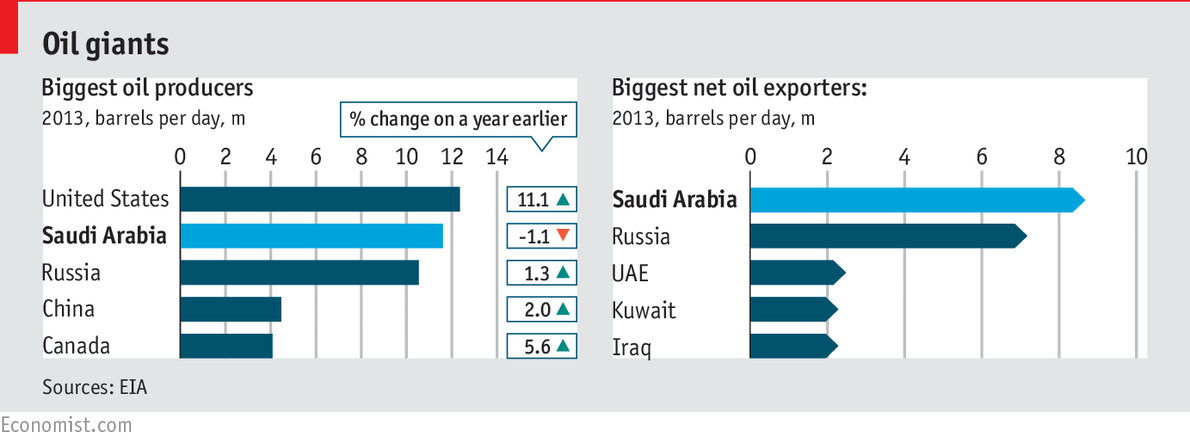By Tahir Khan / Reuters
Published: July 29, 2015
 |
| Mullah Omar |
Taliban leader Mullah Omar. PHOTO: REUTERS
KABUL: Supreme leader of the Afghan Taliban Mullah Omar died suffering from tuberculosis two years ago in a Karachi hospital, Afghanistan’s top intelligence agency, the National Directorate of Security (NDS) confirmed on Wednesday.
“The Afghan government has received confirmed reports that Mullah Omar died nearly two years ago in Karachi,” NDS spokesperson Abdul Haseeb Siddiqui told BBC Pushto. “We are happy that now the foreign sources have also confirmed that Mullah Omar is no more alive.”
“We still have a lot of questions how Mullah Omar died,” he said, adding that, “We have been told that the Taliban leader died owing to an illness.”
The deputy spokesperson for the Afghan President also confirmed that Mullah Omar had died in 2013.
https://twitter.com/ZafarHashemi/status/626417739838681088
“The government of Afghanistan believes that grounds for the Afghan peace talks are more paved now than before, and thus calls on all armed opposition groups to seize the opportunity and join the peace process,” the statement added.
Earlier, a former Afghan Taliban minister and member of the central leadership council had revealed to The Express Tribune that Mullah Omar had died owing to Tuberculosis, however, he had not disclose the location of his death.
“Mullah Omar died two years and four months ago owing to Tuberculosis. He has been buried on Afghan side of the border,” the former minister had said on the condition of anonymity.
Further, he added, “Mullah Omar’s son had identified the body of his father.”
Read: Afghan Taliban release Mullah Omar biography amid growing frustration within ranks
Meanwhile, some Afghan government officials told the media in Kabul that the Pakistani government has also conveyed to them that Mullah Omar has died.
The Taliban have not yet commented on reports of Mullah Omar’s death, however, they are mulling a formal response to be release later today.
Read: Mullah Omar endorses ‘political endeavours and peaceful pathways’
Mullah Omar’s successor
The disclosure came as reports of the Afghan Taliban chief’s death sprung up yet again when the Afghan Taliban summoned a meeting on Wednesday to elect a new chief after some leaders of the militant group confirmed Mullah Omar’s death.
The former minister also disclosed that he was invited to attend the meeting.
Taliban sources told The Express Tribune that consultations for a new leader are under way and a successor will be announced before the next round of peace talks scheduled to be held in Pakistan on July 31.
Read: Afghan reconciliation: Mullah Omar’s aide likely to join peace talks
It is widely speculated that Mullah Baradar Akhund will succeed Mullah Omar as the supreme leader of the Afghan Taliban.
Mullah Omar had appointed Mullah Baradar and Mullah Ubaidullah Akhund as deputy leaders while he was alive.
Mullah Ubaidullah died in a jail in Pakistan, according to the Taliban which leaves Mullah Baradar next in line.
Mullah Baradar was reportedly released by Pakistan along with some other Taliban leaders in 2013; however, some Taliban leaders still insist he has not been allowed to rejoin his family.
Read: Doubts and divisions among commanders as Taliban talk peace
Some Taliban leaders told The Express Tribune that Mullah Baradar enjoys the support of Sayed Tayyab Agha, the head of the Afghan Taliban’s political office in Qatar.
Tayyab Agha himself was a close confidante of Mullah Omar. Further, sources say that Mullah Yaqub, the son of Mullah Omar, is also in favour of Mullah Baradar succeeding his father.
Read: Mullah Omar endorses Taliban peace talks
Other Taliban sources say that the incumbent Taliban acting chief Mullah Akhtar Mansoor, a former aviation minister, is also among the few aspiring for this position. However, sources added that Mansoor’s position in the Taliban has been widely damaged for spreading news of Mullah Omar’s death.
Read: The Taliban in Afghanistan
Another choice for Mullah Omar’s successor could be Mullah Yaqub, his son. Yaqub recently graduated from a religious school in Karachi. However, several Taliban leaders are of the view that Yaqub is too young and may be ‘unsuitable’ for the post. A Taliban leader told The Express Tribune that Mullah Omar never wished for someone from his family to succeed him.
Mullah Omar’s brother Mullah Abdul Manan has also been actively involved in Taliban affairs in recent years.
Afghanistan investigating reports of Mullah Omar’s death
An Afghan government official said that a press conference had been called on the subject of Taliban leader Mullah Omar, amid rumours of his death.
The official, who declined to be named because he was not authorised to give statements to the press, did not provide further details.
Further, the Afghan government is investigating reports of the death of Taliban supremo Mullah Omar, a presidential spokesman said.
The announcement from spokesperson Sayed Zafar Hashemi came after unnamed government and militant sources told media that the one-eyed leader died two or three years ago.
“We have seen reports in the media regarding the death of Afghan Taliban leader Mullah Omar,” Hashemi told a press conference.
“We are investigating these reports… and will comment once the accuracy of these reports are confirmed.”
The elusive leader of the militant group, which ruled Afghanistan in the late 1990s until it was toppled by a US-led offensive in 2001, has not been seen in public for years, leading to speculation he has been dead for some time.
The Taliban has been fighting an insurgency against the Western-backed government in Kabul since its ouster, killing thousands of civilians and security personnel and making significant territorial gains in recent months.
Tentative peace talks have begun aimed at ending the war, with the Taliban split between those who support dialogue and others who want to continue to fight for power.
source: http://tribune.com.pk/story/928571/afghan-taliban-leader-mullah-omar-is-dead/
